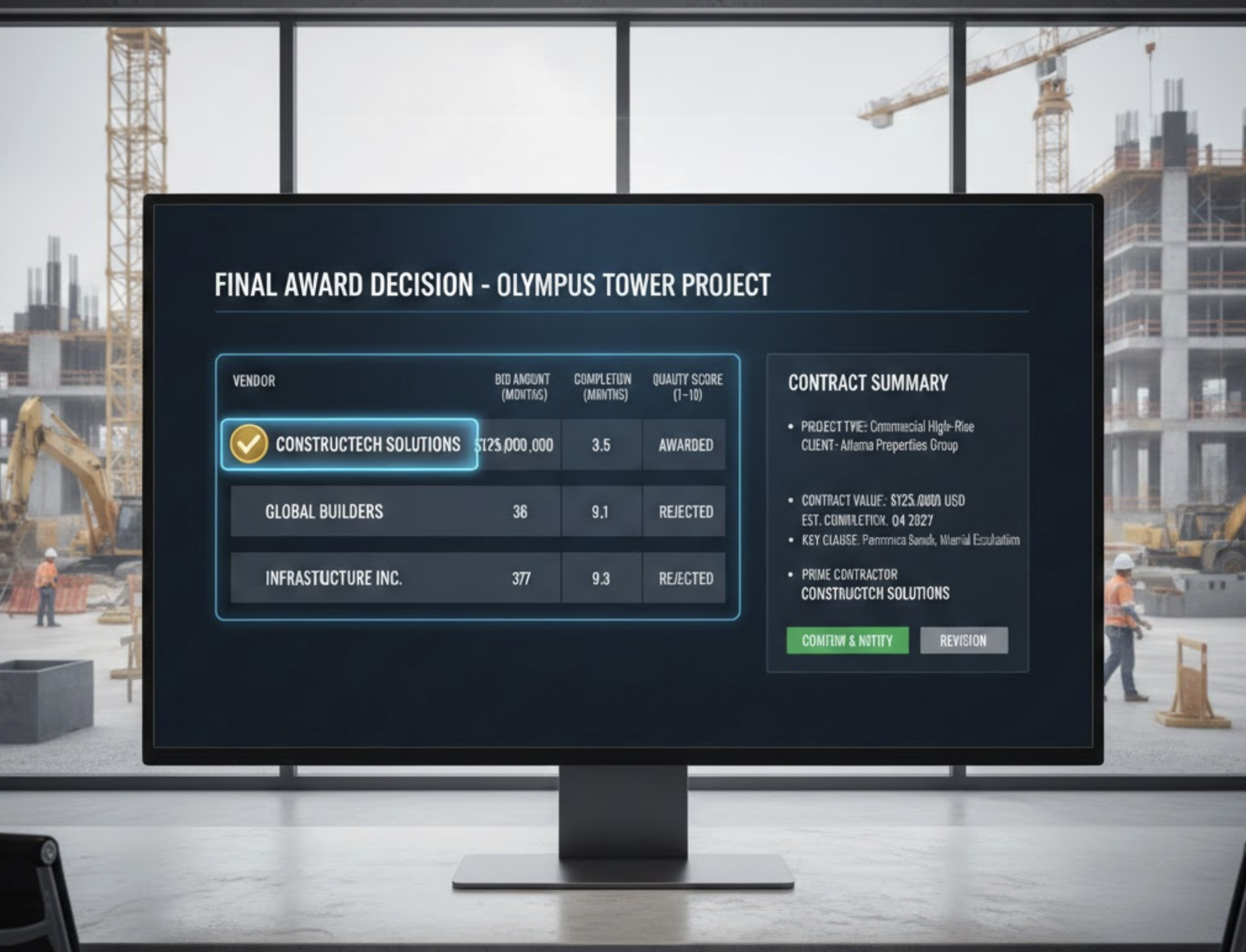Scope Creep in the Middle East: How to Control It with Clear Digital Logs
Scope creep refers to the uncontrolled or gradual expansion of a project’s scope beyond its approved parameters. The construction industry in the Middle East has seen significant growth, and with this expansion comes the increasing challenge of managing project scope. As projects evolve, the addition of new requirements or changes can occur without proper adjustments to the schedule, budget, or resources. Understanding the implications of scope creep and employing robust strategies to control it is crucial for project success.
Definition and Impact of Scope Creep
Scope creep is a pervasive issue in project management, particularly in construction. According to PMI’s The Pulse of the Profession in 2018, a staggering 52% of all projects face scope creep at some stage. The impact of scope creep can lead to significant challenges, including delays in project delivery, budget overruns, and diminished product quality. It can adversely affect resources, timelines, and the overall outcomes of projects.
Causes of Scope Creep
Several factors contribute to the occurrence of scope creep:
- Unclear Requirements: When project objectives and requirements are not clearly defined from the onset, the risk of scope creep increases dramatically.
- Poor Communication: Inadequate communication among stakeholders can exacerbate the scope creep problem, leading to unmanaged changes that can derail a project.
- Stakeholder Requests: Unauthorized changes requested by stakeholders without corresponding documentation or approval serve as significant contributors to scope creep.
Managing and Controlling Scope Creep
To effectively manage scope creep, project teams must implement a series of best practices and tools:
Scope Management Plan
Creating a comprehensive scope management plan is essential. This plan should include a well-defined scope statement, work breakdown structure (WBS) documentation, and a detailed project plan. By clearly outlining the project parameters, teams can better manage expectations and limit unauthorized changes.
Change Control Process
Implementing a strong change control process is crucial for project management success. This involves thoroughly documenting change requests and assessing their impact before they are approved. A formal change control process helps prevent scope creep by ensuring that all changes are evaluated against project goals.
Stakeholder Communications
Maintaining continuous and clear communication with stakeholders is vital for managing scope creep. Consistent updates can help ensure that all changes are approved and documented, thereby safeguarding the integrity of the original project scope.
Best Practices for Controlling Scope Creep
Here are some best practices that can be applied to control scope creep effectively:
Use of Digital Logs
Utilizing digital logs and jobsite management tools can significantly aid in tracking changes and documenting approvals throughout the project lifecycle. Tools like Zepth’s project management tools provide a centralized platform for project documentation and communication, ensuring transparency in all activities related to project management.
Clear Project Objectives
Clearly defined and communicated project objectives serve as a frame of reference for all stakeholders. When objectives are established and understood, evaluating and approving changes becomes more structured and less arbitrary.
Regular Monitoring
Regular monitoring of the project scope against the original plan allows project managers to identify potential scope creep early. Timely interventions can be made to steer the project back on track and keep it aligned with initial goals.
Use Cases and Examples
Scope creep is prevalent across various industries, and understanding its manifestations can help in managing it effectively.
- Construction Projects: In construction, scope creep may arise from changes in design, additional client requests, or unforeseen site conditions. Utilizing digital logs to track these changes and ensuring they follow a formal change control process can mitigate potential issues. Discover more about how to handle these complexities with Zepth’s construction project management tools.
- Software Development: In software development projects, feature creep is a common phenomenon. Adopting a robust scope management plan and integrating digital tools to log and approve changes can prevent costly delays and budget overruns.
Emerging Innovations
The construction industry is increasingly leveraging technology to manage projects more efficiently. Innovations such as AI and automation are being integrated into project management tools, enabling teams to detect potential scope creep early. Automated alerts and notifications ensure that any changes are captured in real time, facilitating greater control over the project scope. Explore how Zepth’s AI and automation capabilities can enhance your project management strategies.
How Zepth Can Help
Zepth provides a centralized platform designed to enhance project management processes. Here’s how Zepth can assist in controlling scope creep:
- Centralized Project Management: Zepth’s tools for scope management, change tracking, and stakeholder communication ensure that all project activities are documented and approved. This centralized approach minimizes the risk of unauthorized changes.
- Change Tracking: Zepth’s change management tools enable project managers to efficiently monitor and control scope creep. Every change request can be documented and assessed for impact before approval.
- Stakeholder Communication: Continuous communication facilitated by Zepth is essential for aligning stakeholders with project objectives. The platform ensures that all stakeholders are informed of updates and changes promptly.
In conclusion, managing scope creep is imperative for the success of construction projects in the Middle East. By employing strategies such as defined project objectives, effective communication, and leveraging digital tools like Zepth’s project management platform, teams can control scope creep and deliver successful projects that meet or exceed expectations.




